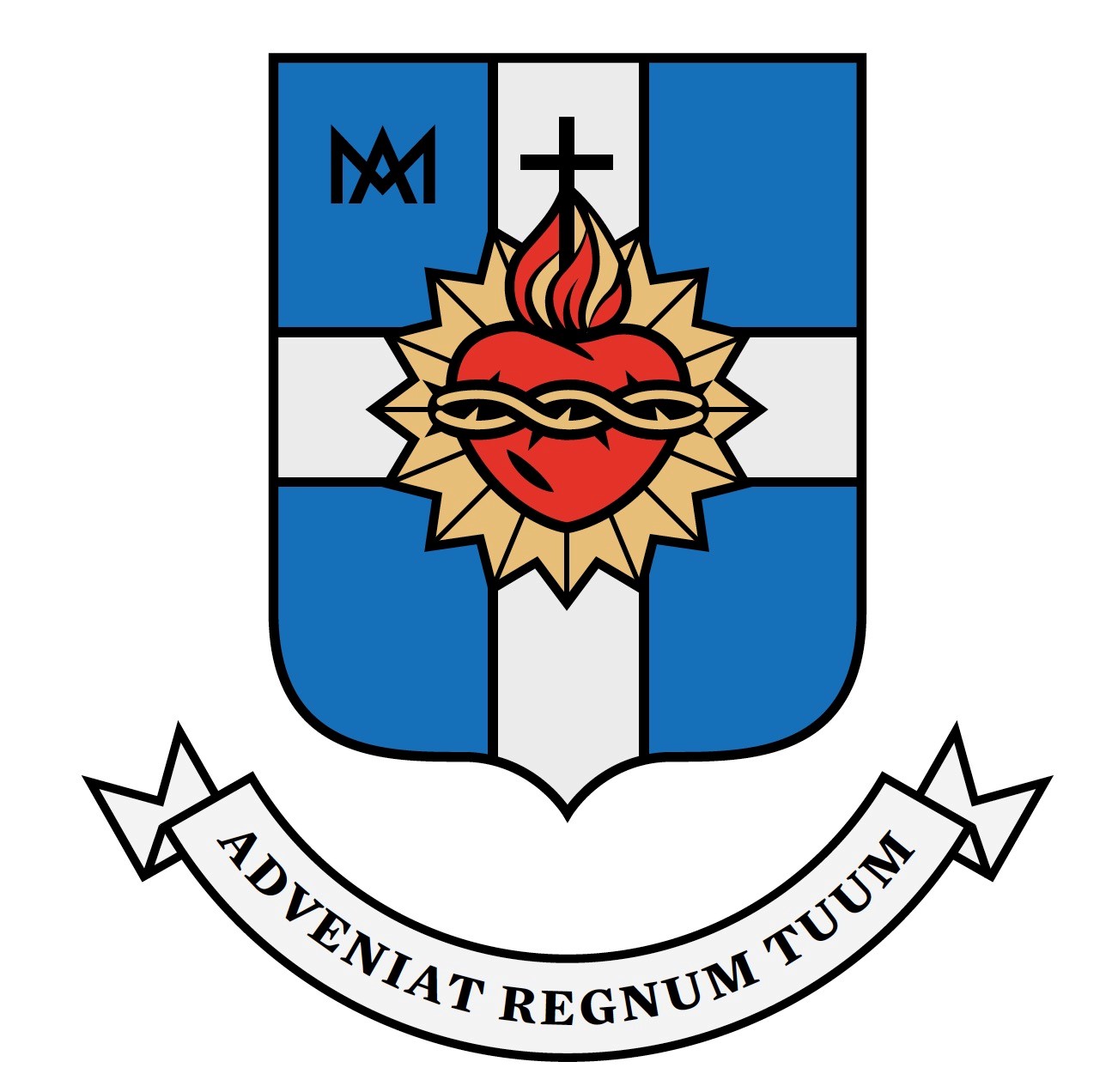I remember well the morning during the 1973 General Chapter on which the first draft of the Rule of Life was completed. It was late June or early July. Since I was one of the younger members of the Chapter, I did not have a room at the International College. I had come somewhat early from Domus Maria on Via Aurelia where I was staying. I was walking on the pre-reconstruction, fourth-floor outer passage, waiting for the activities of the day to begin. There I met Piet Adam. He told me that he had just finished typing André Perroux’ draft text of the new constitutions. A sense of relief came over me. We had been struggling since early May to resolve how we would complete the task we had been given by Evangelica testificatio and by the Chapter to forge an inspirational text as a Rule of Life. Quite different from the 1956 Constitutions, the new text was to be based on the charism of our Founder, who at the time was known mostly from Henk Dorresteijn’s Life and Personality of Father Dehon. Hardly anyone knew how to go about it. The proceedings of the Chapter were mainly in the hands of the Superior General, Fr. Albert Bourgeois, and a small drafting committee. We were exhausted discussing an endless number of possible topics that could/ought to go into new Constitutions and many of us had given up hope that we could complete the task.
That changed on that day. When we first got the new text in French that day, I for one was relieved that the mainly reparative view of our way of life as followers of Dehon of the 1956 Constitutions had been pushed aside. It acknowledged that the world view of St. Margaret Mary’s devotion to the Sacred Heart with the reiteration of the nine promises had lost its spiritual force. The new text was not primarily juridical or moral but optimistic, prophetic and forward-looking. The tone was so different that later on my way back to Canada, I wondered whether the chapter would be allowed to assume the consent of the Congregation. Would everyone consent to accept this document as their Rule of Life and agree to accept them as the new Constitutions?
What had changed in the lives of the members that allowed the Constitutions to be so well received in the first period after the 1973 chapter?
- By the 1970s the world view of modernity that had been in the ascendancy since the seventeenth century had finally broken through from an intellectual elite to the general population. “Times have changed,” many said. The fear-dominating and doctrinal spirit of the popular understanding of the Council of Trent and Vatican I had lost its hold on the Catholic imagination. It was replaced by an optimistic horizon of expectation fueled by a more positive understanding of the appearance of God’s grace in Jesus Christ but also by the impressive advances in the fields of science and technology. The Chapter of 73 had an impact on our interpretation of the founder: During the late 70s and early 80s, some of the more perceptive articles on Dehonian spirituality began to be published in Dehoniana. Soon, however, there were other concerns that began to infiltrate human consciousness. There was the growing awareness that the world had become Anthropocene, that the human footprint had become dangerously excessive. Also, for many the access to the transcendent was dimming: the perception of God was becoming more obscure and ambiguous. The religious imprint in the cultural and intellectual weakened: religion began to play less and less a role for a growing majority. The more juridical approach of the earlier Constitutions had presupposed an unquestioned religious institution which only needed rules to govern the belonging. But now the belonging itself was beginning to be questioned. The Chapter of 1973 acknowledged that the Congregation needed a new food to sustain it. And yes, the food was there. But it was not enough: the young in Western countries had already perceived the failure and had begun to depart from our houses of formation. They had already succumbed to the crisis, seeing no way ahead. The Rule of Life of 1973 was a first searching response to this new time. It may have been already too late. Once they were finally approved in 1982, its prophetic voice had already begun to mute.
- The world of 1982 and certainly of 2022 is no longer the world of 1973. The post-modern era which Lyotard had announced in 1980 with its distrust and disavowal of the grand meta-narratives and utopias, had gained ground. As a result, the great belief-systems and ideologies that had so sustained the Western world, began to dissolve into scepticism and relativism. All convictions in their pluralistic diversity in different religions and cultures could not maintain their truth claims in the West. The anchor of revelation and the Scriptures began to wither away as a foundation of life and truth. We discovered in the ecological crisis that we humans were overdrawing our exceptionalism and that the earth’s ecology was turning against our profligacy. The earth no longer belonged exclusively to us; we must share the living space irredeemably connected with the earth’s atmosphere, the animal world from which we were not so far removed, the seas which we were depleting and polluting, the dwindling forests and the subterranean fungal world.[1] This anthropological crisis amid the ecological crisis was compounded by the civilizational crisis of our life together. The world had become more international, more intercultural[2]. This created new fears – new fears of having to share our space with the migrant and the cultural other. The divisions have become so wide, that there is a great doubt that our political communities are able to continue to make their decisions democratically. The attraction of populism makes people look for other political ways to live together, dominated by autocrats and big finance whom no one dares to call to account for the economic crisis of 2008 and an unbridgeable chasm of inequality. In this anxious world we must ask what sort of resource do we find in the Gospel of the kingdom of God that could help us to live together in this fragile world? We must ask what in the final analysis is our Christian faith – besmirched by the moral failures of clerical leadership – and our religious vocation in it all about? We need to find new words, a new receptivity to the word of God, a new way of reading the old words of Jesus’ kingdom of God.
- Is there then no remaining value to the immense work of resourcement of the SCJ Chapters between 1966 and 1979? Where do we turn? It is now a determinative part of our history of interpretation of Fr. Dehon. We may do what theologians have done recently when they focussed their attention to the enduring points of reference of Vatican II: the re-imaging of the ecclesial community and the function within it of the self-revelation of God in Christ. These have become major points of reference for the pastoral ministry of Pope Francis and current theology[3]. That remains so today despite the uncertainty. Pope Francis in his Apostolic Letter to all the Consecrated wrote: “Each one of our institutes comes from a rich charismatic history. At their origins the action of God was present who, in the Spirit, called certain persons to a close following of Christ, translating the Gospel in a particular form of life, to read with the eyes of faith the signs of the times, and to respond creatively to the needs of the Church[4]”. Religious communities are testimonies, ways of inhabiting the world, witnessing particular readings of the life of Jesus in their lives. Our founder, according to our Rule of Life, took his lead from Christ as Paul saw it: “I have been crucified with Christ: and it is no longer I who live, but it is Christ who lives in me” (Gal 2.19-20). Religious life is a more explicit living of some aspect of Jesus’ life: his compassion for the poor and with the crowds, his encouraging message, his healing of the sick, his feeding the hungry, his willingness to give his life for this vision of God for humanity. It is the living of Christ in us also in our time.
As Dehonians we too hold on to the revelation of God that is played out in the day-to-day life of Jesus. We want to give form to God’s vision of life as demonstrated and incarnated by Jesus. We have no better word than the surplus found in the gratuity and in the sorority/fraternity of the word and action of Jesus: his prayer life and his interaction with the poor and the sick in Galilee. The unknown God, particularly the abundant generosity of God, have been translated of today’s culture into the anthropological language. The difficult and ineffable naming of God today has found no better way that in the sequela Christi. That remains our faith. In our own way, we have chosen to follow Jesus as he makes his way to Jerusalem. We Dehonians want to take this following all the way to the cross and the piercing of his side so that in some way also our blood and water may flow from our hearts for the sake of the world. We must continue to be readers of this Gospel of self-gift and love despite the hesitations, our own fears for today, and go where the Spirit sends us in our following of Jesus. As Pope Francis said in the same letter: “The creativity of charity is boundless; it is able to find countless new ways of bringing the newness of the Gospel to every culture and every corner of society.”
To fulfill this charge for today, we may well want to read again the Rule of Life of 1973 and, perhaps, to regather in our next Chapter, to help us overcome – or live with – the hesitations of our time for the sake of the hesitant of today.
[1], Merlin Sheldrake, Entangled Life: How Fungi Make Our Worlds, Change Our Minds, and Shape our Futures, (Vintage 2021).
[2] Pope Francis visualized the interconnections of cultures as a polyhedron “which reflects the convergence of all its parts, each of which preserves its distinctiveness”. (Evangelii Gaudium, 2013) # 236.
[3] See particularly his Evangelii Gaudium, Laudato Si, Gaudete et Exultate, and Fratelli Tutti. The impact on a renewed practical theology is vast. I limit my references to Christoph Théobald, “Le christianisme comme style: Mise en perspective de la ‘théologie’ du pape François” in Le Courage de penser l’avenir: Études œcuméniques de théologie fondamentale et ecclésiologique, “ Cogitatio fidei” (Paris: Cerf, 2021) p. 169-196; Joseph Famerée, Ecclésiologie et œcuménisme, Recueil d’études, (Leuven: Peeters, 2017); Gilles Routhier, Cinquante ans après Vatican II. Que reste-t-il à mettre en œuvre? (Paris: Cerf, 2015)
[4] https://www.vatican.va/content/francesco/en/apost_letters/documents/papa-francesco_lettera-ap_20141121_lettera-consacrati.html
Brief biographical element: John van den Hengel
Member of the CAN Region, he attended the XVI General Chapter (1973) and the XX General Chapter (2009), during which he was elected General Councillor (2009-2015). From 2012 during that mandate he became also Vicar General. He has been a professor of Christology for several years. Currently (2022), he is a member of the Ottawa I (CAN) community.





